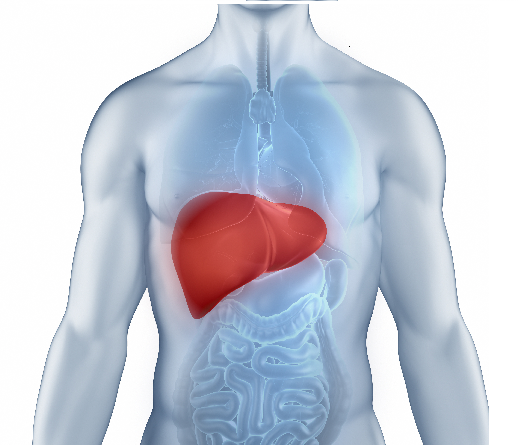Sickle Cell Crisis: Symptoms, Causes & Prevention

Sickle cell anemia is a condition that leads to the red blood cells being deformed, hard and non-flexible. These deformed red blood cells can block small blood vessels.
When these deformed blood cells block the blood vessels in a body part such as the lungs, chest, abdomen, etc., the person can experience intense bouts of pain. This episode of pain is termed a sickle cell crisis.
What is Sickle Cell Crisis?
The red blood cells are usually round and flexible, allowing them to pass through the blood vessels easily. In sickle cell disease, a genetic condition, the red blood cells get deformed and hard.
Due to this loss of shape and flexibility, red blood cells can obstruct small blood vessels and restrict blood flow to certain body areas (lungs, hands, feet, abdomen and lower back).
The lack of oxygen due to restricted blood flow can cause intense pain in the body part, lasting anywhere between hours to weeks. This occurrence of pain is known as a sickle cell crisis.
What are the Causes of Sickle Cell Crisis?
Sickle cell crisis is the outcome of sickle cell disease. Sickle cell disease is genetic. A child can get sickle cell disease if both parents’ DNA contains a copy of the sickle cell gene instructing haemoglobin to make deformed red cells.
The following conditions can trigger a sickle cell episode:
- Being at high altitudes
- Changes in temperature
- Dehydration
- Infection
- Stress.
There can be more than one cause that triggers a sickle cell episode.
What Symptoms Accompany a Sickle Cell Crisis?
A sickle cell crisis is characterised by a dull, throbbing pain that appears unexpectedly. The duration and the occurrence of crises vary from person to person. The pain during a sickle cell crisis usually appears in:
- Arms
- Legs
- Abdomen
- Hands and feet (typical in children)
- Lower back
The pain can be accompanied by:
- Breathing problems
- Extreme fatigue
- Headache or dizziness
- Painful erection in males
- Weakness is some body parts
Someone prone to sickle cell crisis can present other sickle cell symptoms such as:
- Anemia: Anemia is a shortage of red blood cells. This shortage is caused by the frequent disintegration of deformed red blood cells in people with sickle cell disease.
- Swollen Hands and Feet: Deformed blood cells can obstruct blood flow to the hands and feet, causing them to swell.
- Frequent Infections: The spleen protects the body against infections. Deformed red blood cells can damage the spleen, making the body prone to infections.
- Delayed Puberty: Oxygen is necessary for the growth and development of children. Shortage of red blood cells (due to anemia) reduces oxygen to different parts of the body, delaying growth and puberty.
- Vision Problems: Sickle-shaped blood cells can block the tiny blood vessels in the eyes. Due to this blockage, the blood supply to the eyes is affected. This can lead to retina damage and, hence, visual problems.
How to Prevent a Sickle Cell Crisis?
Sickle cell disease treatments can help in managing the condition. Furthermore, the following measures can help reduce the occurrence of a sickle cell crisis episode:
- Avoid cold water swims
- Dress in warm clothes when in a building with air conditioning to avoid sudden temperature changes
- Drink sufficient water
- Limit excess alcohol consumption
- Manage stress effectively
- Avoid travelling in planes that don’t control air pressure
Apart from these, some general lifestyle modifications can also help with sickle cell crisis prevention:
- Avoid smoking
- Engage in moderate exercise with proper hydration
- Manage health conditions like diabetes effectively
- Stay up to date on required vaccinations
- Wash hands often to avoid germs
- Follow proper distancing protocol with people who are sick
- Consider prenatal care if pregnant
A sickle cell crisis leads to intense pain that can last anywhere between hours to weeks. Multiple factors can trigger a sickle cell episode. Avoiding sickle cell crisis triggers and making healthy lifestyle choices can reduce the occurrence of these pain episodes. If an individual presents any symptoms of sickle cell crisis or sickle cell disease given here, they should consult a doctor and get a sickle cell screening test at Dr Lal PathLabs.
FAQs
1. Can sickle cell disease spread from one person to another?
Sickle cell disease is a genetic condition that is passed down from parents to their kids. It cannot spread from one person to another.
2. What medical issues are caused by sickle cell disease?
Some medical problems caused by sickle cell disease are:
- Chronic pain
- Lung damage
- Blindness
- Kidney damage
- Stroke













